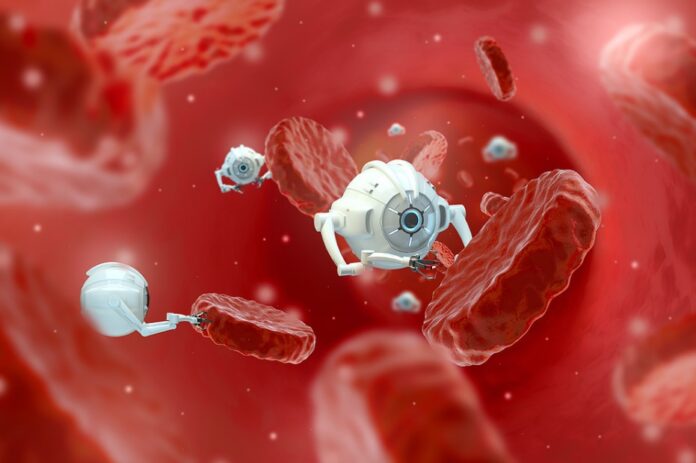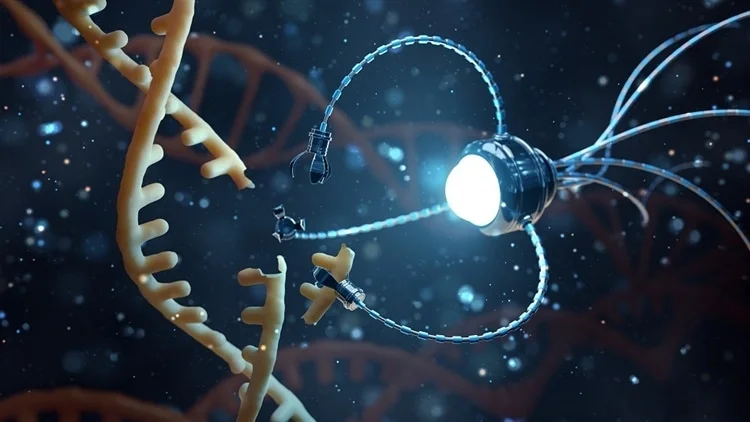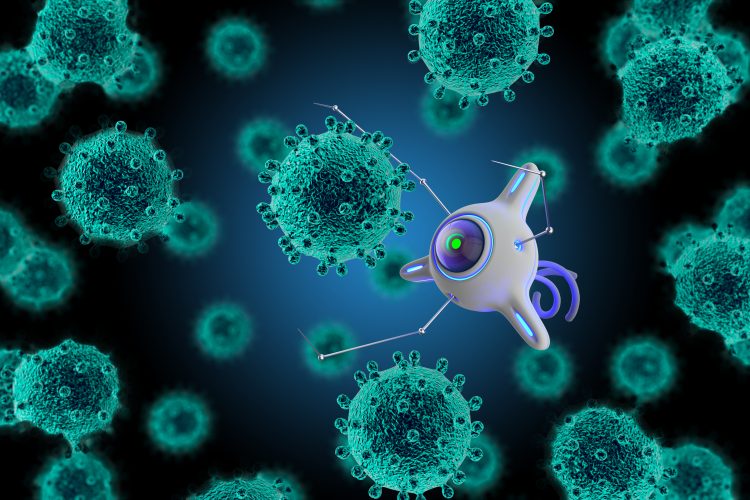The prospect of humans achieving immortality by 2030 with the aid of nanorobots is a captivating vision that blends cutting-edge science with futuristic aspirations. This idea, championed notably by futurist and former Google scientist Ray Kurzweil, envisions a world where microscopic robots-nanobots-circulate through our bodies, repairing damage and halting the aging process at a cellular level, thereby enabling humans to live indefinitely.

Nanorobots: The Tiny Machines with Immense Potential
Nanorobots are minuscule machines, typically 50 to 100 nanometers wide, designed to operate at the molecular and cellular scales. Currently, they are employed in research for DNA probing, cell imaging, and targeted drug delivery. However, their future applications promise to be far more transformative. Kurzweil and other experts foresee nanobots performing delicate surgeries with precision thousands of times greater than human surgeons, continuously repairing cellular damage, and maintaining bodily functions optimally.
How Nanorobots Could Enable Immortality
The core mechanism by which nanorobots could grant immortality lies in their capacity to combat aging and disease at the most fundamental biological levels. Aging results from the accumulation of cellular errors and damage over time. Nanorobots could continuously monitor and repair these errors, effectively reversing or halting the aging process. They would eradicate cancer cells, viruses, and bacteria, preventing diseases that currently limit human lifespan. Moreover, these nanobots could enhance brain function by repairing neural pathways and preventing neurodegenerative diseases such as Alzheimer’s.

Kurzweil predicts that by 2030, nanobots will be running through human bloodstream and digestive systems, intelligently extracting nutrients, repairing tissues, and maintaining health autonomously. This would not only extend life expectancy but could also enable people to eat freely without adverse health effects, as nanobots would manage nutrient absorption and waste elimination efficiently.
The Path to the Singularity and Beyond
Kurzweil’s vision is part of a broader concept known as the Singularity, a point where artificial intelligence surpasses human intelligence, allowing for unprecedented technological growth. He predicts that by 2029, AI will pass the Turing test, achieving human-level intelligence, and by 2045, humans will merge with AI, multiplying our effective intelligence a billionfold. This merging could facilitate the digital transfer of human consciousness, potentially achieving a form of immortality beyond biological constraints.
Benefits and Challenges
The benefits of nanobot-enabled immortality are profound:
- Disease Eradication: Targeted destruction of harmful cells and pathogens.
- Longevity Enhancement: Continuous maintenance of bodily health.
- Enhanced Quality of Life: Sustained vitality and cognitive function.
- Personalized Medicine: Tailoring treatments to individual genetic profiles.
However, challenges remain. The idea of millions of nanorobots inhabiting the human body raises ethical, safety, and privacy concerns. The technology’s feasibility depends on advances in AI, robotics, and biotechnology, which, while progressing rapidly, still face significant hurdles. Public acceptance and regulatory frameworks will also shape the pace and scope of adoption.
Conclusion
While immortality may sound like science fiction, the convergence of nanotechnology, AI, and genetics is bringing this vision closer to reality. By 2030, according to Ray Kurzweil and other experts, nanorobots could revolutionize medicine by repairing our bodies at a cellular level, preventing aging and disease, and extending human life indefinitely. This technological leap promises to redefine what it means to be human, opening new frontiers in health, longevity, and perhaps even consciousness itself.The journey to immortality through nanorobots is as much a scientific challenge as it is a philosophical and societal one, but the coming decade may well mark the dawn of an era where death is no longer inevitable.

